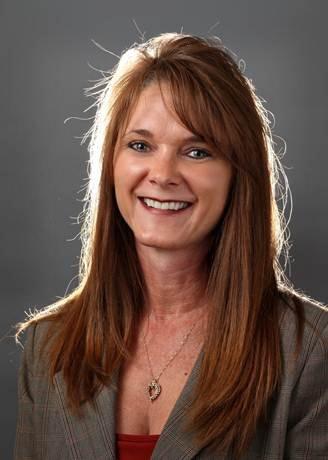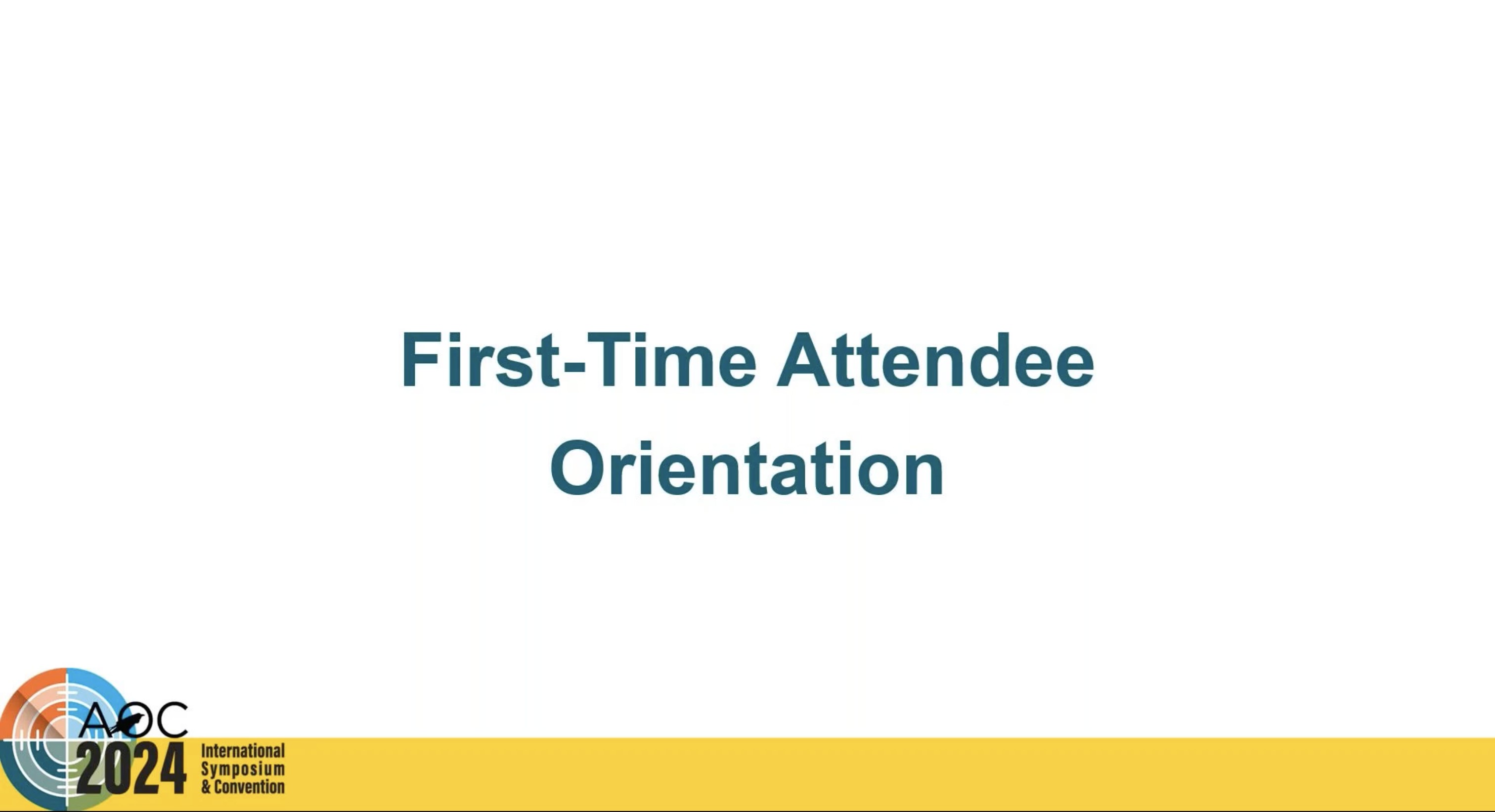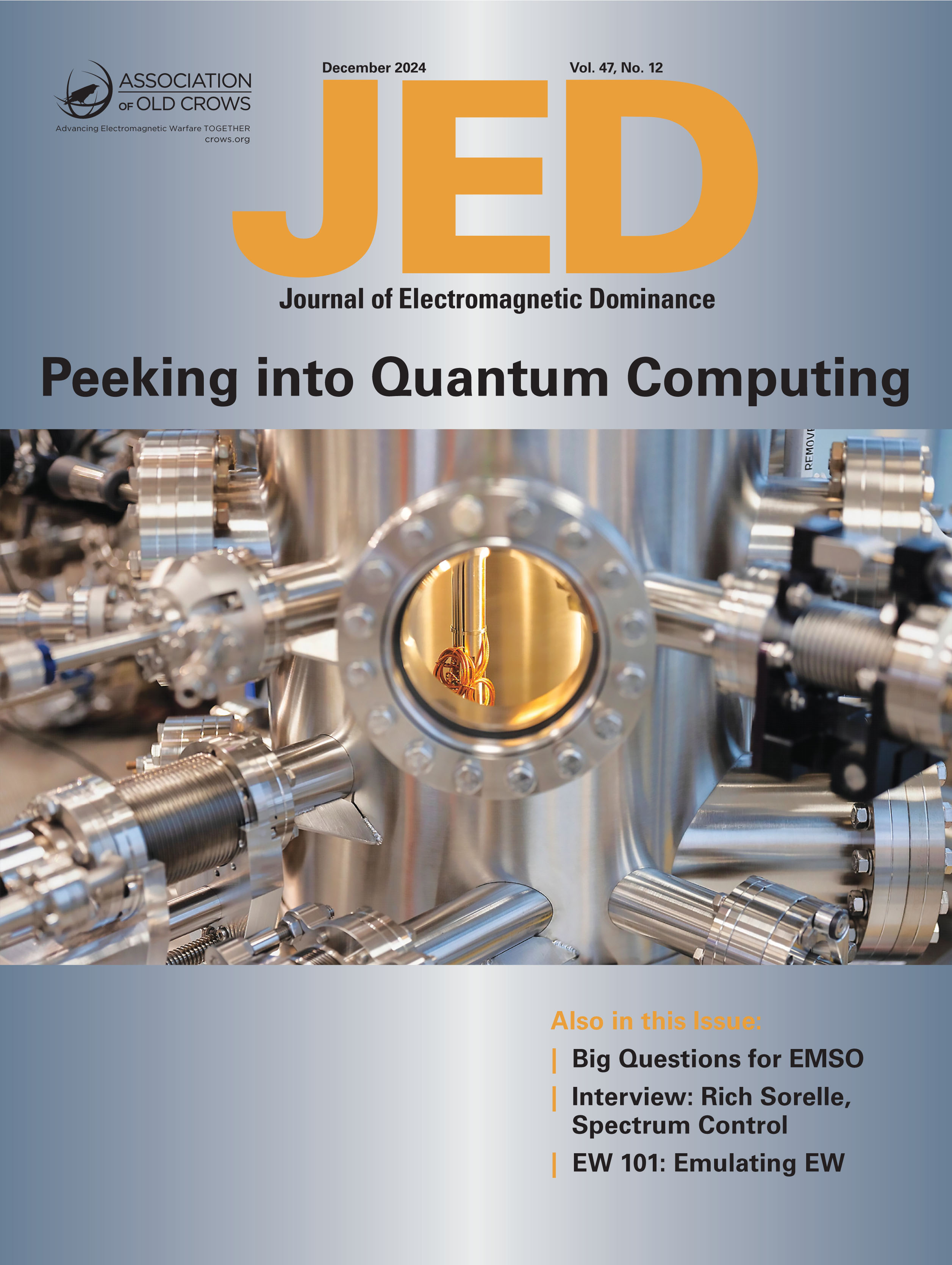 |
||||||||||||||||||||||||||||||||||||||||||||||||||
| Archive | Send to a Friend | Crows.org | JED Resource Guide | WWW.JEDONLINE.COM | ||||||||||||||||||||||||||||||||||||||||||||||||||
|
From the Editor
Electromagnetic Spectrum Operations (EMSO) is an extremely complex discipline. It covers a wide range of technologies, integrated onto an expanding variety of weapons platforms, employed across a growing set of mission areas. Today at 1:00 PM, Deputy Chief of Naval Operations for Information Warfare (N2/N6) and Director of Naval Intelligence VADM Jeffrey Trussler (USN, Ret.), and current Deputy Director for Navy Intelligence, Mr. Steven Parode (SES), will hold a "fireside chat" on "Contemporary Issues in EMS Operations." They will discuss the Electromagnetic Warfare (EW) in the context of doctrine, organization, training, materiel, leadership and education, personnel, facilities and policy analysis (DOTMLPF-P). The DOD has struggled to focus on EMSO across the entire DOTMLPF-P paradigm. In some areas, such as EW R&D and facilities, the DOD has historically been more successful in supporting its EW priorities. In other areas, such as EW procurement, leadership, organization and training, the DOD has struggled to identify and close gaps. This "fireside chat" will explore some of these issues, especially in the context of global conflicts. For more background see:
Symposium Happenings
On behalf of the Association of Old Crows (AOC), I’d like to welcome my fellow Crows of all ages to AOC 2024, the 61st Annual AOC International Symposium & Convention. From the wars in Ukraine and the Middle East to tensions in the Indo-Pacific region, the geopolitical situation is increasingly hostile and tensions are increasing worldwide. Whether a nation-state is monitoring borders for troop buildups through intelligence, surveillance and reconnaissance (ISR) in peacetime or denying vital data and information to its enemy through electronic attack during high-intensity conflict, superiority in the electromagnetic spectrum will be a key to victory in the Great Power Competition. This year’s convention will rigorously examine many of the lessons learned from current conflicts and what they mean for maneuver and control in the EMS battlespace – across all warfighting domains, in all theaters of operation – and for EMS Superiority writ large. There is always great value in bringing the community together and sharing insights, lessons learned, and best practices. I was honored when our AOC President, Brian Hinkley, invited me to chair this year's Symposium and to lead the development of the agenda. We wasted no time reaching out and identifying a well-rounded team to assist with developing a phenomenal agenda. I hope that you’ll be as pleased as I am with the symposium we’ve put together for you this year. Specifically, I’m looking forward to the incredible line-up of senior leaders from around the world, our “Spotlight Sessions” on FMS/Security Cooperation, Contemporary Issues in EMS Operations, EMSO Within Current Conflicts and Hotspots, and our Air Force, Army and Navy Program Manager Briefing Series sessions. I’d be remiss if I didn’t mention that we’re also excited to receive your feedback regarding the unique variety of technical sessions the committee has lined up. I look forward to seeing you all and having the opportunity to talk and network during convention week on the importance of Electromagnetic Spectrum Warfare: The Great Power Competition. Lisa K. Frugé-Cirilli Today's Events
Review the online schedule of events and symposium agenda to finalize your on-site agenda. Get out your smartphone and download the conference app from the App Store or Google Play. Follow us on Facebook, X or LinkedIn and use #AOC2024 to join in the conversation. SCHEDULE OF EVENTS – Wednesday, Dec. 11
Inside the Convention
This week's symposium is tackling some of the biggest issues in the EMSO community, and we have an excellent line-up of keynote speakers to help set the stage for these conversations. Come early, grab a cup of coffee and settle in for some valuable perspectives from senior military leaders. Today at 8:00 AM, Maj Gen AnnMarie K. Anthony, Director of the Joint Electromagnetic Spectrum Operations Center (JEC) at US Strategic Command, will deliver the symposium's first keynote address at 8:00 AM. General Anthony is one of the DOD's two key EMSO leaders, and the JEC is responsible for many of the initiatives in the Department's EMS Superiority Strategy Implementation Plan. Her perspective on EMSO in Great Power competition will help to shape the week's discussion. Thursday at 8:00 AM, we'll hear perspectives from Gen Thomas A. Bussiere, Commander, Air Force Global Strike Command and Commander, Air Forces Strategic - Air, US Strategic Command, and from VADM Craig A. “Clap” Clapperton, Commander, US Fleet Cyber Command / US TENTH Fleet / Joint Force Headquarters-Cyber (Navy). Friday at 8:00 AM, Major General Elisabeth G. Michelsen, Norwegian Armed Forces, who is serving as Deputy Chief of Staff Operations at NATO Joint Force Command Norfolk, will discuss EMSO from an Alliance perspective. More details, including descriptions of all symposium spotlight and breakout sessions, program manager briefings and technical briefings are available in the full agenda. After decades of using space-based capabilities (GPS, MILSTAR, etc.) to support global operations, potential adversaries are now challenging US and allied capabilities in the space domain itself. In response, the Space Force is in the process of "re-optimizing" for Great Power Competition. Key initiatives include redesigning career paths for Guardians to enable them to meet high-tech operational demands; implementing new Space Force readiness standards, including new exercises; and formalizing Space Force Combat Squadrons as its primary unit of action, similar to an Army Brigade Combat Team or a Marine Air-Ground Task Force. The Space Force is also standing up the Space Futures Command not only to develop systems that use space but also to develop weapons systems that help establish Space Superiority. As it re-optimizes, the Space Force is gradually disclosing more information about its orbital warfare concept. The EMS plays a huge role in in space operations, and it will certainly play a major role in orbital warfare. Today at 2:45 PM in Potomac A, Dr. Shawana P. Johnson, CEO of Global Geospatial Insights, will lead a panel that will discuss "EW Operations in Space." For more background on this topic see: The Program Manager Briefing Series has become an extremely popular track within the symposium over the past few years. Open only to booth personnel and master pass attendees, these events provide an opportunity for industry to hear directly from Army, Navy and Air Force EW program managers. This year's Program Manager Briefing Series begins today at 2:45 PM in Potomac C, with presentations for the US Navy and US Marine Corps. The panel, moderated by Dr. James Stewart, Chief Scientist, Spectrum Warfare Systems (SWS) Department at Naval Warfare Center – Crane, includes: Mr. William Crespo, ONR ManTech PM; Mr. Trung Nguyen, Executing Agent, OSD TRMC EWT; CAPT David “Roto” Rueter, Program Manager, Airborne Electronic Attack Systems, NAVAIR PMA-234; Mr. Robert Taylor Electromagnetic Spectrum Operations Senior Scientific Technical Manager (EMSO SSTM), Naval Information Warfare Center (NIWC) Atlantic; and Mr. Jason Temple, Technical Director, Joint Electromagnetic Warfare Center, U.S. Strategic Command. For more background:
Each year, AOC recognizes five young professionals as the year’s "Future 5" – individuals who actively innovate and strive for excellence as they support their respective organizations and build their EMSO careers. In each issue of the Show Daily, we will spotlight one of this year's Future 5 and their career goal in their own words. Today, we recognize Imani Davis, Computer Scientist, Naval Surface Warfare Center, Crane Division My ultimate career goal within the EMS industry is to facilitate the convergence of cyber and electronic warfare through research and development, workforce development, and improved collaborations across various communities. At its maturity, this requires the execution of multiple smaller efforts that will grow and intertwine to create a cyber-EW community. If I were to put this into a position, it would be a Chief Scientist or Engineer. This role would enable me to be a technical advisor, identify opportunities for research, ensure our capabilities meet the mission, and most importantly, grow and mentor our rising engineers. My current role for the Electromagnetic Warfare Science and Technology Division allows me to explore the current cyber-EW landscape, expand our opportunities for collaboration, and grow our digital payload capabilities to include RF-Enabled cyber. In this role, I’ve further developed my leadership skills and have been exposed to the requirements and challenges of developing a new capability for an organization. These lessons learned will be very useful on my path to growing the cyber-EW coalition for Crane and navigating how to expand this culture across the DoD. The visibility of this role has connected me with engineers who have similar cyber backgrounds, but were lost at how they could contribute to an EW mission. I am grateful to be able to help them explore the various applications and opportunities for integrating cyber into the EW world. Throughout my career, I aim to continue to pave the way for new capabilities and efforts with the hope to motivate and uplift the rising engineers in our community.
The 61st Annual AOC International Symposium & Convention is the leading event for electronic warfare, electromagnetic spectrum operations, cyber-electromagnetic activities and information operations professionals worldwide. Make the most of your experience using the tips in this helpful video to help you prepare for your arrival and assist you onsite, ensuring you have the best experience possible. If this is your first AOC Convention or you just need a refresher, be sure to watch the orientation video. Need more information about dress code, sessions locations, Wi-Fi access or even where you can find coffee in the morning? Check out the 2024 AOC Convention's FAQ page to find answers.
Exhibitor Happenings
Official Exhibit Hall hours during the 2024 AOC Convention are as follows: Today Thursday, Dec. 12 Friday, Dec. 13
JED News
Read the December issue of JED, hot off the presses in time for the 2024 AOC Convention: Cover Story: Peaking into Quantum Computing The Journal of Electromagnetic Dominance (JED) is the official publication of the Association of Old Crows (AOC), an independent, nonprofit, international professional association promoting public understanding in the science and practice of EW, SIGINT and related disciplines. Become an AOC member to get access to the latest issue of JED. JED: Since it was acquired in 2013, HTL has grown its product offerings and the markets it services. Can you tell me a little about HTL's story and how the company has evolved over the past decade? Vickers: Dave Herrick and I have known each other since we worked Army EW programs at Vint Hill Farms in the 80s. Dave was at Sanders (now BAE), and I worked at PAR Technology, a small company in upstate NY. He formed HTL in 2000, and I went on to Watkins-Johnson before starting DRT in 1997. After the DRT gig ended, I bought into HTL in 2013 and we focused the company on applying SDR to peer/near-peer SIGINT/EW. We’ve grown the company from six employees in 2013 to over 120 in 2024 and have seen the market shift from focus on counter-terrorism to focus on peer/near-peer using an amazing explosion of new technologies. JED: What are some of the main EW and SIGINT trends that are driving your product strategy? Vickers: Everything is focused on peer/near-peer. Low SWaP-C is always important, even in legacy platforms. At our level (mostly tactical), we see more interest in EW (including situation awareness, threat warning, DF/geolocation, targeting and jamming/cyber), rather than SIGINT. Radar is an important target. We believe the future is autonomous, low-SWaP-C sensors that can get up in the air and/or close to the target, but we still have to support the legacy platforms/programs. JED: What are some of the latest small-form factor transceivers that HTL has introduced, and what makes them competitive in the EW and SIGINT market? Vickers: Our existing line of low SWaP-C radios continue to do well. We have just rolled out the HTLs2, a 2-channel transceiver that weighs less than 2 pounds and consumes around 20 Watts, yet still provides high performance against comms and radar. All of our transceivers are superhet-based, which is still a must for dense, realistic EW signal environments. We also provide ample signal processing resources and associated applications, as well as a developers kit that supports third-party development. We have had 18 GHz (now 20 GHz) frequency coverage from the start, and all products are full blown transceivers to support EW. Also, in 2025 we will roll out our own DF2020 small DF head, which will cover 20 MHz to 20 GHz and offer dual polarization, allowing us to prosecute vertical and/or horizontal (radar) polarized signals simultaneously. JED: HTL also offers 3U VPX modules, chassis, and DF antennas and other mission peripherals. Can you describe some of these products and how they fit into your product strategy? Vickers: Our 3U VPX SOSA/CMOSS product line parallels our tactical radio line. We also offer DF antennas, amplifiers, RFDs, recorders and other peripherals to support integrated systems. We have a converter that takes our transceivers to 44 GHz. These products support our system offerings, as well as customers who want to integrate their own systems using proven building blocks. JED: Does HTL develop most of the software for its systems or does it also work with third-party developers? Vickers: HTL develops its own software targeted towards conventional and spread spectrum comms, as well as radar, but we also provide a developer’s kit that supports development on our platform. We also have a proven streaming (RX and TX) application that many customers use to run their own applications on an external computer/server. JED: HTL also offers full mission solutions. Can you tell me more about your HPACK ES/EA system? Vickers: The HPack incorporates our HTLx-T2 transceiver with a DF2 or DF3 DF head and tablet or laptop. We have also added a number of amplifier and antenna options to support electronic attack. It is effective against conventional and spread spectrum targets. We’re about to roll out a version of the system using our recently introduced HTLs2 transceiver, which will reduce SWaP considerably. JED: What are some of the major goals for HTL over the next few years? Vickers: We want to drive the SWaP-C and signal processing further. The goal is to provide a sensor that provides amazing capability but fits on a Group 1 UAS. We’re also working the super high performance, but still low SWaP-C products for larger platforms. Edge computing and autonomy will be part of our offering.
Digital Pub Bin
Check out current issues and news from our media partners throughout the week. JED |
||||||||||||||||||||||||||||||||||||||||||||||||||












